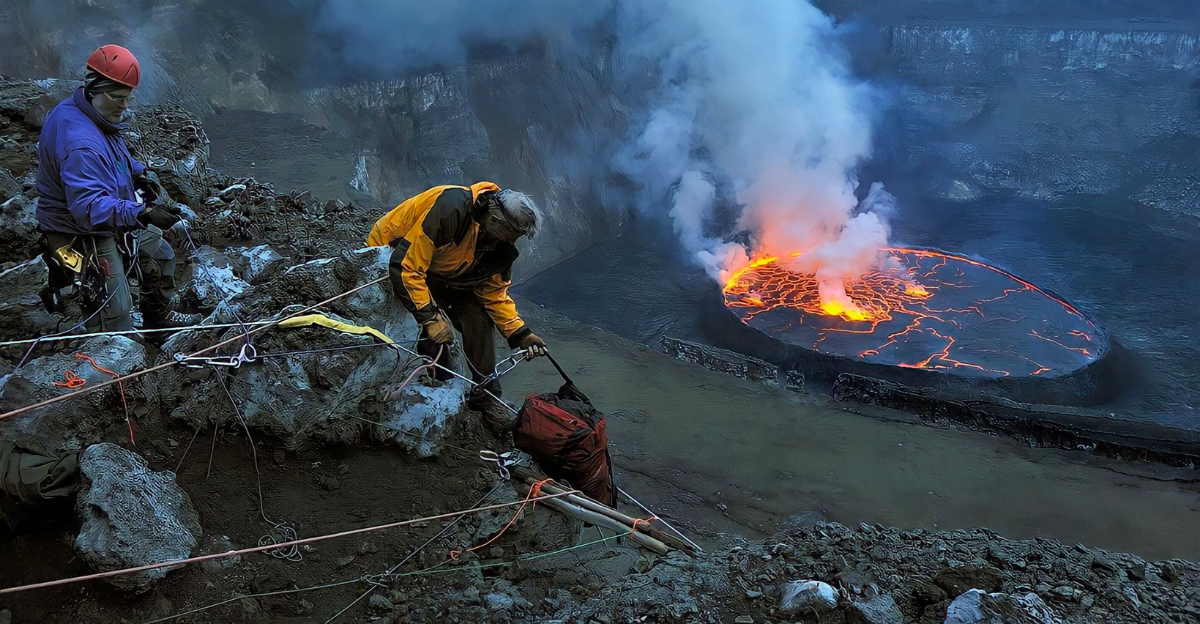
Supervolcanoes are one of the best examples of Mother Nature flexing her immense power. Supervolcanoes have the moniker for an important reason, they are much more powerful than regular volcanoes and can spew ash for hundreds of miles, potentially blocking out the sky for entire countries.
Supervolcanoes are actively monitored by scientists, who watch their every move closely. Accurate prediction models are needed as the consequences of an eruption could be unprecedented.
Why Are Supervolcanoes Dangerous?
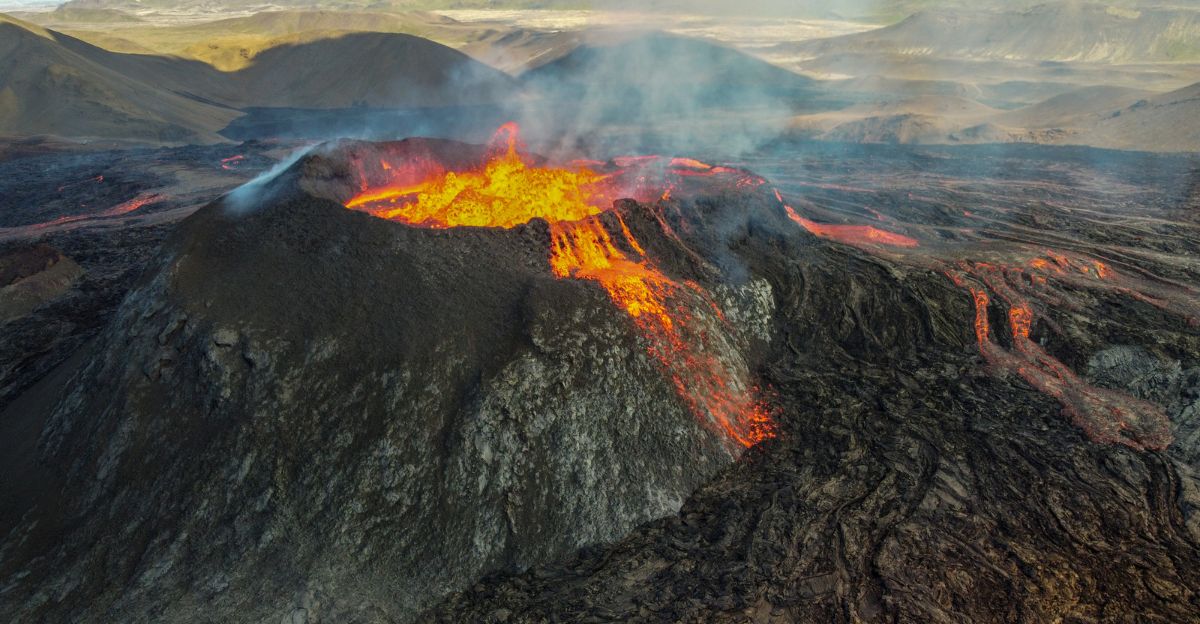
A volcano is classified as a supervolcano when its Volcanic Explosivity Index is measured at a seven or above. These eruptions can be thousands of times stronger than that of a typical volcano, having implications on the surrounding regions.
When an eruption happens, hundreds of miles of ash and gases are released into the atmosphere, having an impact on both humans and nature.
A Concerning Volcano
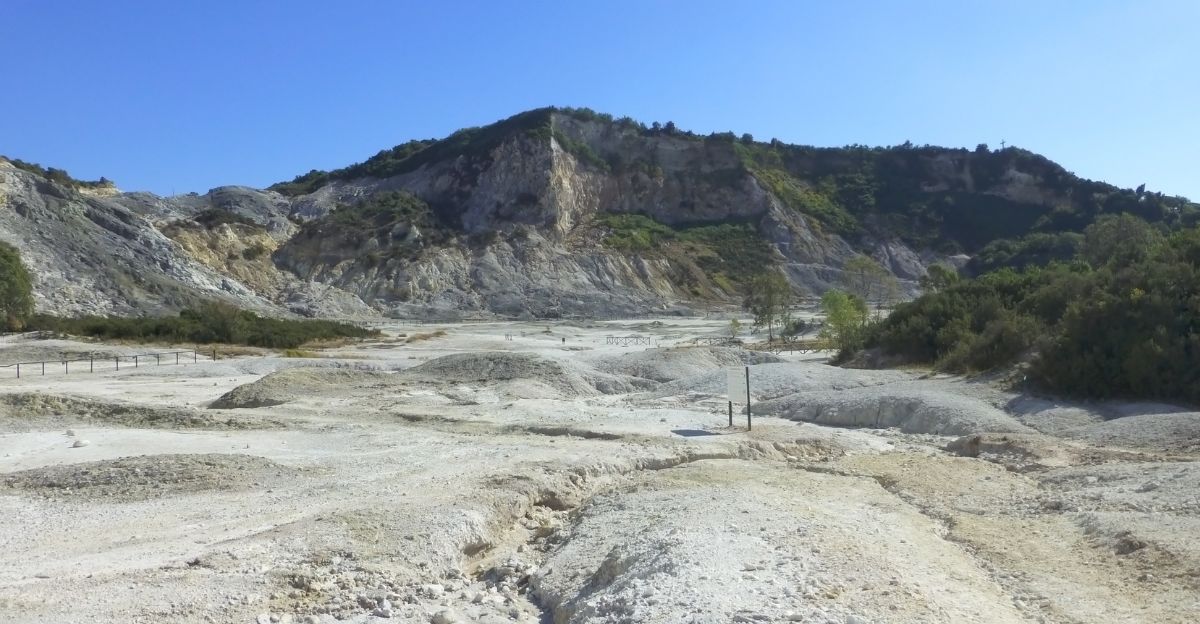
Recently, scientists have noticed some alarming behaviors from one supervolcano in particular – Phlegraean Fields or Campi Flegei. This supervolcano is west of Naples, Italy, and has an enormous caldera where half a million people live, close to densely packed urban cities.
In the past, this supervolcano has flexed its power, and new reports show that it is waking up. This supervolcano won’t just have an impact on Italy but could have consequences across the world.
Its History
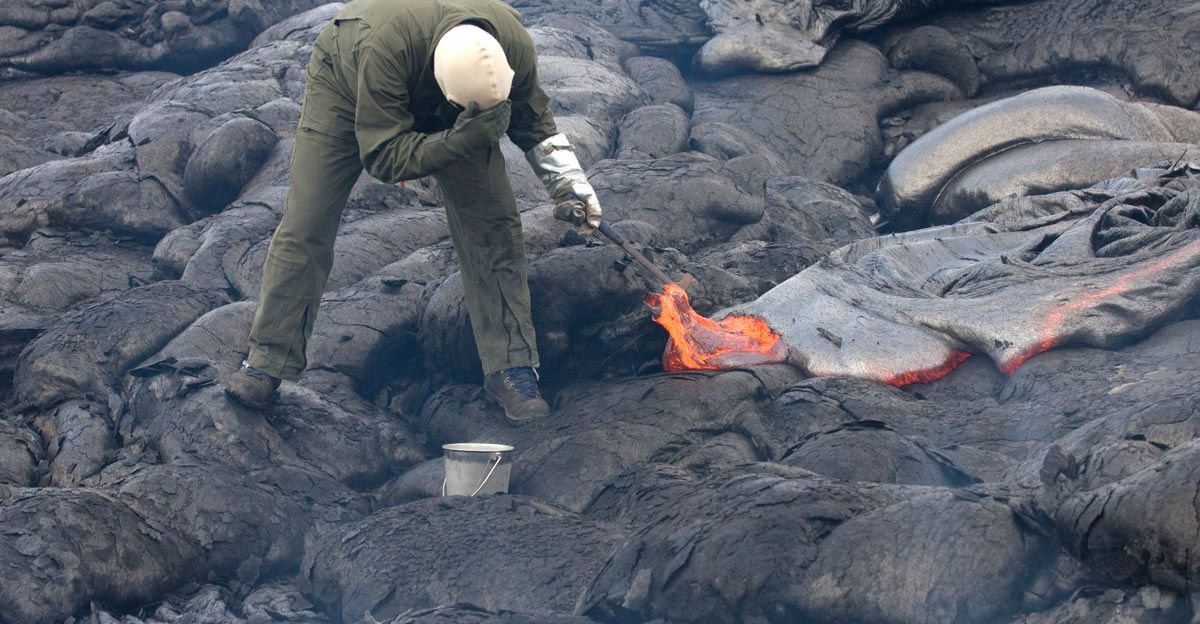
The Phlegraean Fields supervolcano has erupted in the past, and researchers have studied the affects it had 40,000 years ago. It covered large areas of Europe in ash and created a massive caldera.
The landscape around the volcano today was shaped by an eruption over 100,000 years ago. The most recent eruption was in 1538, and luckily was a small one in comparison to what it’s capable of.
Concerning Signs
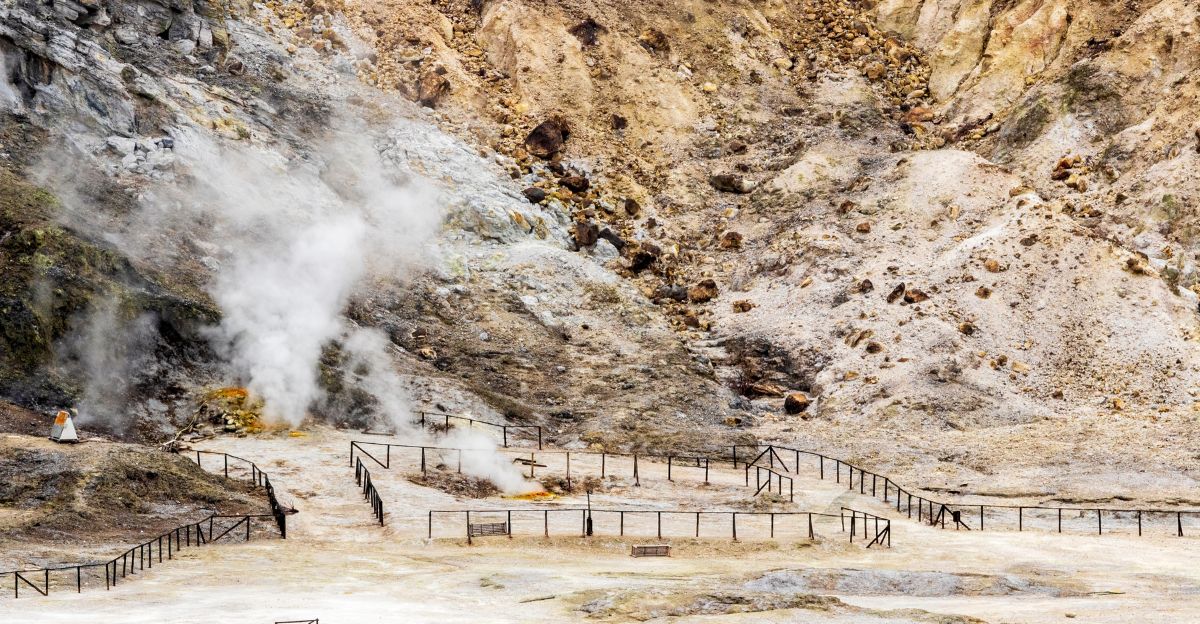
Scientists around the world have been studying volcanoes and have started to understand the symptoms of a future eruption. This includes a swelling of the surrounding ground, more gas emissions, and increased seismic activity. All of these signs have increased in the last 75 years, making its eruption a concerning reality.
Alarms were first raised in 2012, and since then, researchers have noticed a weakening crust, which means that magma can more easily move to the surface. A major eruption isn’t guaranteed, but these symptoms are still concerning, especially with how devastating an eruption would be.
What Would Happen If It Erupted

If the Phlegraean Fields supervolcano erupted violently as it has in the past, the effects on both human populations and wildlife would be severe, to say the least. Plumes of hot ash and smoke would fill the air and destroy anything in its path, which would threaten the population of Naples.
Ash clouds could expand for miles, having an impact on air travel and air quality across the European continent. Water that animals and humans use as a drinking source would become polluted, and anything in the immediate area would die, including entire ecosystems.
Prediction Models
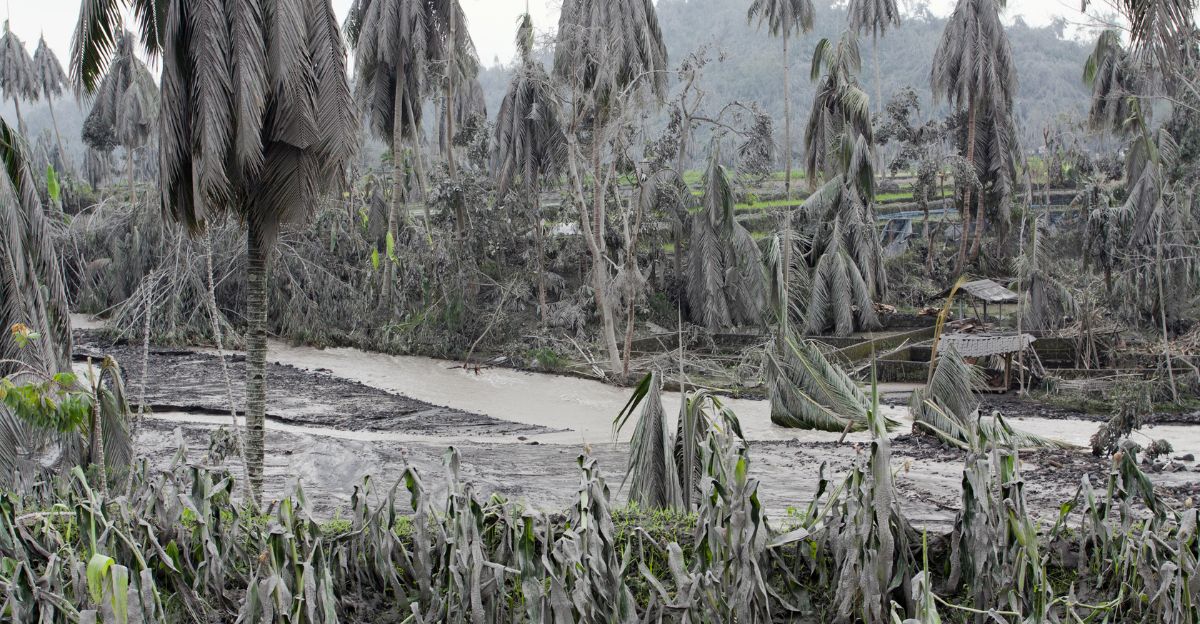
While scientists have been monitoring the supervolcano for decades, having a prediction model that can pinpoint the exact moment of eruption is impossible. As the caldera weakens, new paths for magma open up, making evacuation plans difficult.
The normal symptoms of an eruption are good indicators, but historically, some volcanoes have gone off without any of these signs. Scientists need to keep a watchful eye and prepare for the worst.
How It’s Monitored
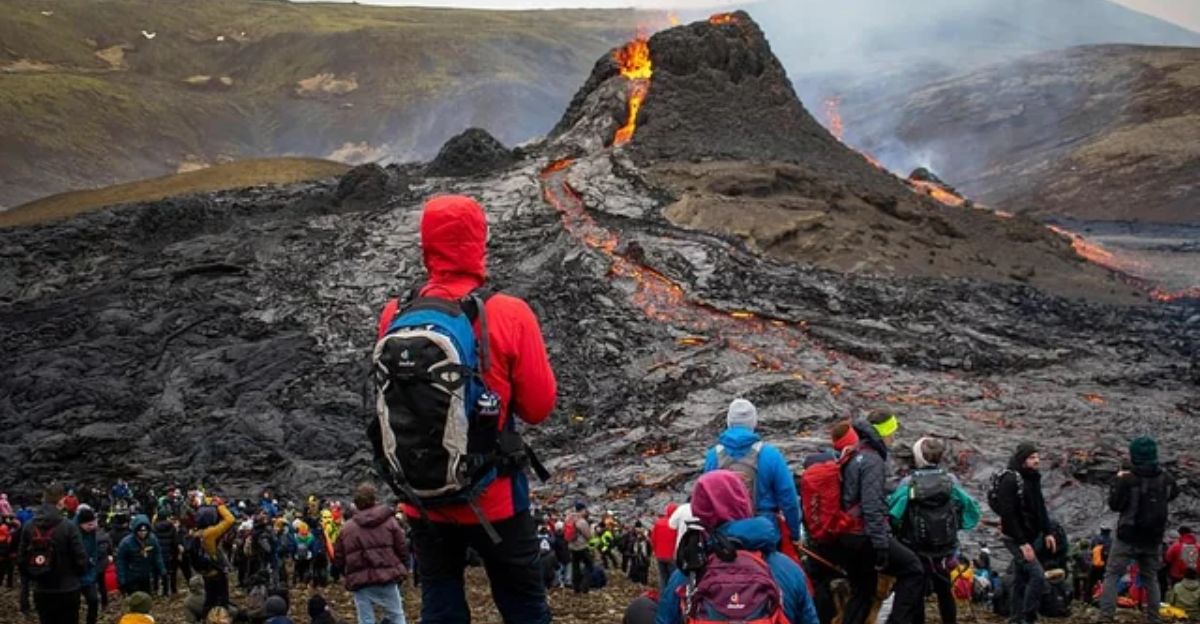
Scientific research has leveraged a lot of new technology, which aids in monitoring volcanoes around the world. High-resolution seismic imaging, satellite data, and gas sensors all help scientists to watch the volcano’s behavior from a safe distance.
Gathered data is important in distinguishing harmless changes from potentially catastrophic ones.
How Life Is Impacted
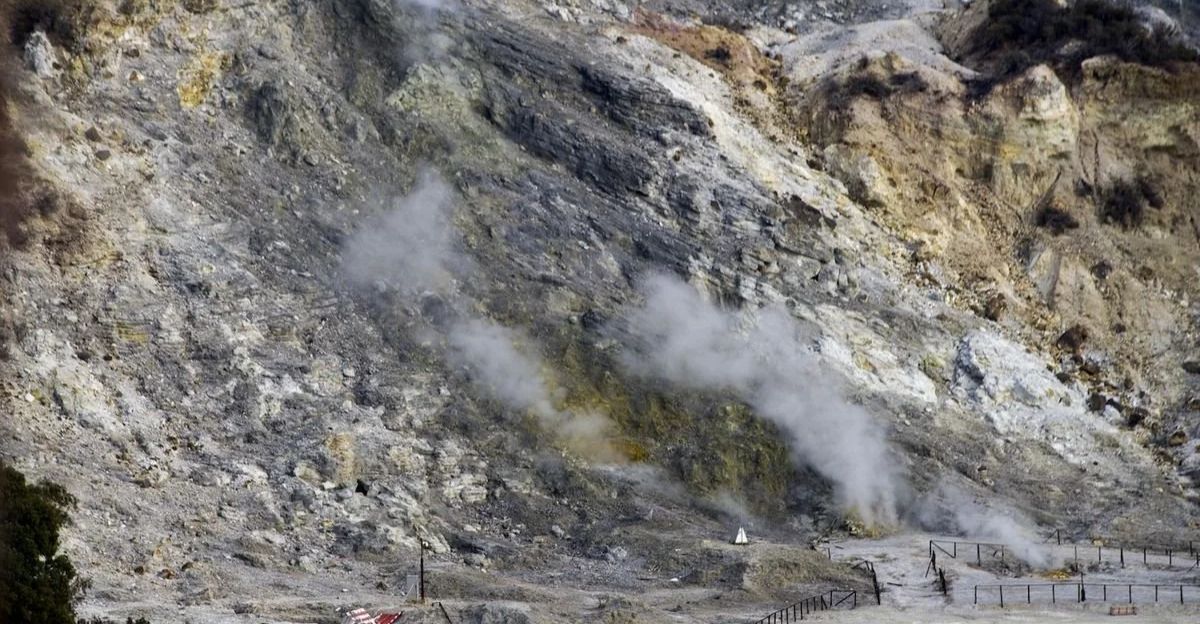
Over half a million people and countless animals and plants live in the shadow of the volcano. While there are evacuation plans for cities, nature gets no such privilege. In the wild, it’s survival of the fittest, and if the supervolcano erupted, entire ecosystems would be squished under its thumb.
The landscape would be reshaped, and new life would eventually move back in as part of the cycle. Humans can prepare as best they can through awareness campaigns and evacuation plans, but there is little else they can do.
Are We Prepared?

It’s not a question of if the Phlegraean Fields supervolcano will erupt, but rather a matter of when. It’s a scary thought that it could erupt in our lifetime or in another few thousand years.
If more imminent signs are exhibited by the supervolcano, it will reach public ears. But for now, we need to understand that Mother Nature doesn’t discriminate when it comes to world-altering events.
Explore more of our trending stories and hit Follow to keep them coming to your feed!

Don’t miss out on more stories like this! Hit the Follow button at the top of this article to stay updated with the latest news. Share your thoughts in the comments—we’d love to hear from you!







